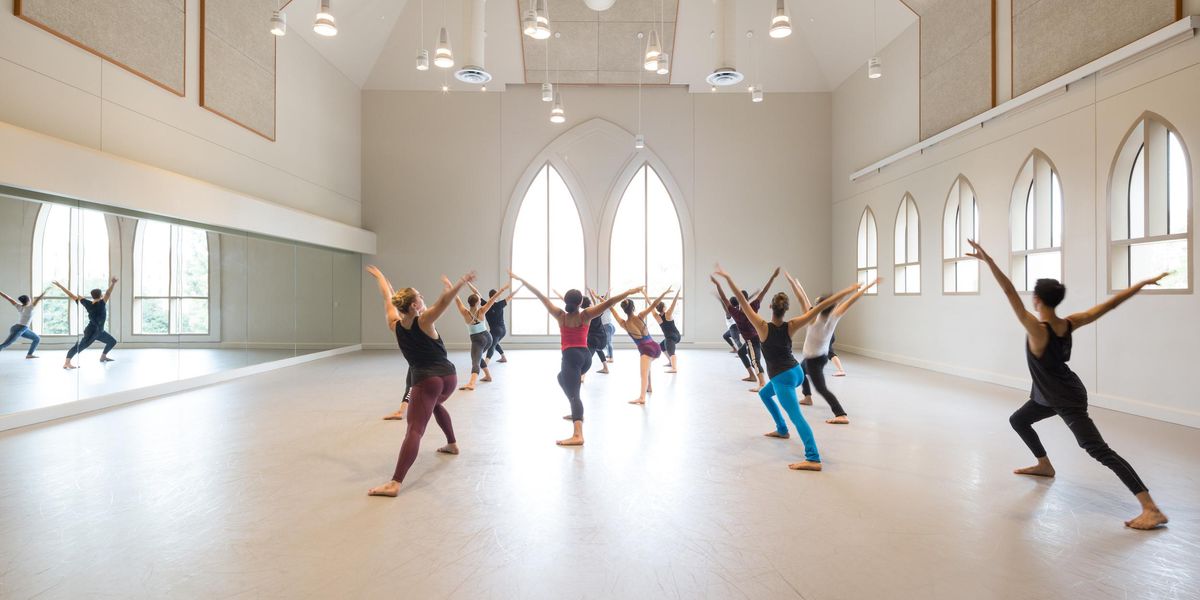Advice for Dancers
I often read your responses to girls who feel they need to lose weight. My problem is that I need to gain it! I’ve always been skinny, no matter how much I eat. I have pasta, peanut butter, chicken, fish, and ice cream, not to mention healthy stuff like cereal, fruits, and vegetables. Nothing works; being skinny runs in my family. My dance teachers want me to look stronger. What can a guy do to add more muscles? —String Bean, Baltimore, MD
Many dancers would kill for your problem, but I understand your concern. You need not only to create an aesthetic look, but to partner another dancer without straining. Please get a physical exam to rule out any underlying health problems, such as a malfunctioning thyroid. Then have a physical trainer help you with a modified weight training program—dancers don’t have the leeway a bodybuilder does to take days off to recuperate. A nutritionist can also to set up a healthy eating plan that adds 500 to 1,000 extra calories a day while balancing increasing muscle mass against fat intake. It will work best if you set realistic goals and gain no more than a half a pound to a pound per week, then follow up with a maintenance plan.
My knees hurt me whenever I do a grand plié. Should I do special exercises to strengthen them or is it better to just cut out deep pliés? I’m a freelance dancer so I can call the shots, more or less. —Jeremy, Miami, FL
How about calling a dance medicine specialist? According to orthopedists who treat dancers, the deeper arc of a grand plié places stress on the knee cap. However, without a diagnosis, you won’t know if your knee pain is due to weak quadriceps, an injury, or something else. Depending on the diagnosis, physical therapy or strengthening exercises can help. If you have weak quads, for instance, try standing with your back against the wall and sitting in an imaginary chair until your legs tire. A professional screening will identify muscle imbalances and help you develop an exercise routine after the healing process is over.
Can you tell me more about staying hydrated? I know it’s good for my dancing but I’m confused about how much or when to do it. I carry about a liter of water around and try to drink it off and on throughout the day. —Stephanie, New York, NY
You’re off to a good start: Water is the best thirst quencher around. It also increases your energy, eliminates toxins and waste products, and helps manage your weight—many people think of food when they are actually thirsty. Nutritionists caution against dancers relying on thirst, however, because this will only replace about 60 to 70 percent of the fluids required to perform at peak. In general, you need to drink about two liters of water throughout the day: before, during, and after exercise. Try these suggestions:
- Two hours before exercising, drink at least two cups of water, followed by another cup 30 minutes before class. Remember cold water is absorbed faster than warm liquids and that too much coffee, tea, or soda can be dehydrating. Also, don’t drink milk (it takes a while to absorb) or fruit juice (the high sugar content slows down absorption, too) right before exercising.
- During class or rehearsal, try to sip at least four ounces of water every 20 minutes or whenever there’s a break. Afterwards, replenish fluids with water within the next two hours. One percent skim milk, with its combination of protein and carbohydrates, also helps your muscles recover by rebuilding your glycogen stores. Add in a banana and you’ll replace some much-needed potassium lost from sweating. Of course, it’s also possible to go too far, which sometimes happens with marathoners, so don’t drink two gallons of water a day.
I feel like it’s my last chance to make it as a professional dancer. My savings are running out and I don’t want to waste my time working low-end jobs like waiting on tables. What advice do you have for someone in my position? I’ve been auditioning for almost a year after getting a BFA in dance. —Out of Time, Yonkers, NY
It sounds like you’ve boxed yourself into a corner, where your only choice is to switch careers. Since you still want to dance, why not go for a higher paying job that covers the bills? While computer skills are not especially glamorous, you increase your chances of making money at a temp agency if you have a course or two under your belt. Other options include training as a Pilates instructor, personal trainer, massage therapist, or aerobics instructor. You can find examples of where to study by browsing through the resource section of my book, Advice for Dancers.
Former New York City Ballet dancer Linda Hamilton, Ph.D., is a lecturer, a psychologist in private practice, and the author of
Advice for Dancers (Jossey-Bass). She has been offering advice to Dance Magazine readers since 1992.




